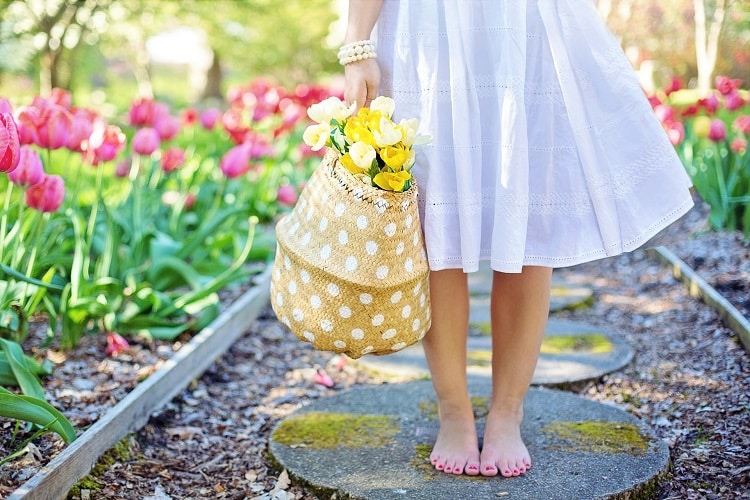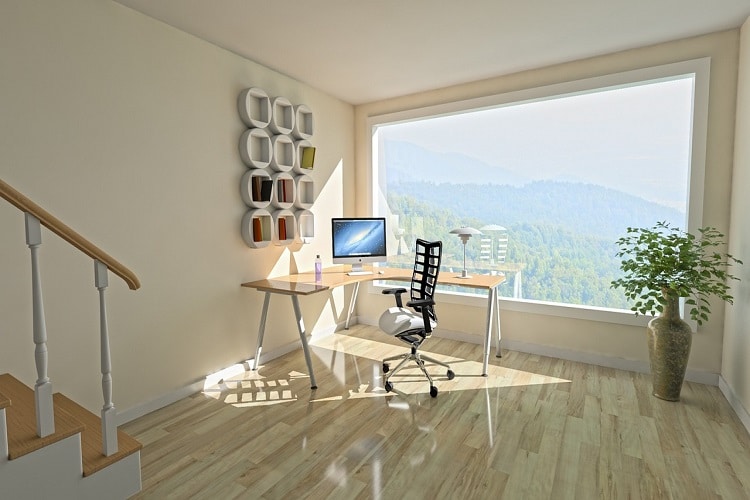
Your Ultimate Guide To Growing Herbs Indoor
You’ll discover all you need to know about growing fragrant herbs at home, whether you have an outdoor garden or need to cultivate them inside.
According to a recent Washington Post article, seeds, along with sourdough, are one of the great winners of the coronavirus epidemic. People are enthusiastically cultivating food plants as a pastime and providing for their own living. A herb garden may be a simple way to get into the agricultural arts with minimal work. The delight that comes from seeing fresh basil develop, owing to your efforts, is immeasurable.
Here are all the ingredients you need to consider to bring your own herb garden to life, from seed to harvest, with great success, whether you work in a garden, on a patio, or even on a sunny window ledge.
Table of Contents
A step-by-step guide to growing your aromatic herbs at home
To sow or not to sow

Experts advocate beginning with young plants rather than seeds if you want to appreciate your herbs sooner and avoid being disheartened while waiting for them to mature. Some herbs, such as basil and coriander, are easier to grow from seed, while others, such as basil and mint, may be rooted from cuttings put in water.
According to our experts, beginners should start with basil, bay leaf, chives, mint, oregano, parsley, rosemary, and thyme. You’ll learn about the specific peculiarities of producing these and many more herbs towards the conclusion of this essay.
Floor and drainage

High-quality, well-draining organic soil, especially potting soil if planted inside, is required both indoors and out, and should be rich, loamy, and not compacted. Even when wet, well-drained soil should seem grainy or crumbly. At a ratio of 1 part perlite to 25 parts soil, you may apply perlite to improve drainage.
To prevent introducing unwelcome visitors that can survive in a natural ecosystem but will be a nuisance in a controlled setting, do not use natural outdoor soil for indoor plants.
Indoor herb pots

The first rule is that pots must have drainage holes, preferably with saucers beneath or a double bottom to catch excess water and protect surfaces. Terracotta is an excellent material because it absorbs air and keeps the soil from becoming too damp. It’s also important to have good air circulation if you wish to cultivate herbs rather than other critters like fungus.
Bigger is preferable when it comes to size: greater room supports better growth circumstances than less. Pots for individual herbs should have a diameter of at least 15cm. Put two or three herbs in a container with a diameter of 10 inches and a depth of 8 inches to grow numerous herbs together.
Light

The most vital factor in growing anything green is light, and many people are lacking in this department. The stems of your herbs are elongating without developing many leaves, which is a symptom that they aren’t receiving enough light.
The majority of specialists think that six to eight hours of light each day is ideal, which may be obtained naturally or artificially. We must avoid excessively shady sites throughout the day, such as beneath trees or against a wall with predominantly northern exposure, for outdoor crops.
A southwest-facing window provides the optimum light for indoor herbs. Rotate your pots every now and again to keep them from leaning toward the sun.
If you don’t have access to natural light, invest in a few clip-on spotlights with tiny fluorescent bulbs, which should be set four to six inches away from the plants. Excessive light, on the other hand, must be avoided. Brown dots on the foliage might suggest burning the leaves, albeit this is an uncommon occurrence.
Irrigation

When attempting to cultivate herbs inside, the most common error people make is overwatering. Herbs need less water than you may expect, and you’ll need to learn to read your plants and trust them to tell you when they’re thirsty.
Although plants don’t need a lot of water, they do require consistent watering, so check the soil’s dryness on a daily basis to help establish a regular routine for when your herbs require watering.
To water your indoor herbs, place them in the sink and water the base of the stem where it meets the soil, not the leaves, twice, allowing the water to soak in. Allow them to drain fully before replacing them on their bases. The plant’s roots will rot if you leave standing water in the base or saucer. There is an excess of hydration, just as there is an excess of light. The yellowing leaves indicate that your herbs are receiving too much water.
The List
What are the best herbs to grow indoors?
The following are the best indoor herbs to consider growing in your home.
Other Items To Consider
Indoor Herb Garden Starter Kit
AeroGarden Harvest with Gourmet Herb Seed Pod Kit – Hydroponic Indoor Garden, Black
Indoor Herb Garden 10 Non-GMO Herbs






















